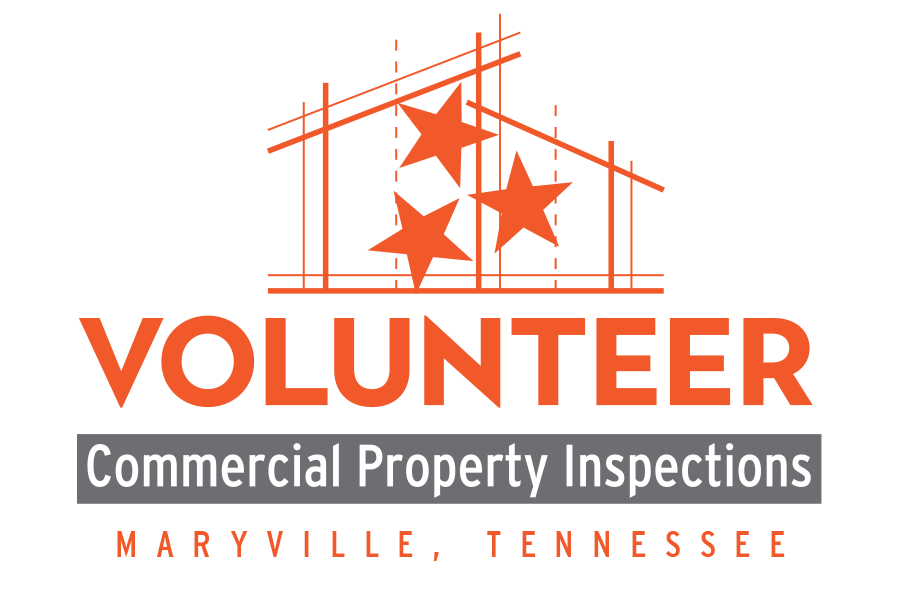– Commercial Building Assessments –
What Is a Commercial Building Assessment?
A commercial building assessment is an in-depth evaluation of a commercial property’s overall condition, usually carried out by a professional inspector or engineer. This assessment looks at key components of the building, such as its structure, mechanical systems (like HVAC, plumbing, and electrical), safety features, and its compliance with local building codes and regulations. The goal is to pinpoint any existing or potential problems that could impact the building’s safety, functionality, or long-term value.
Common areas covered in a commercial building assessment include:
- Structural Integrity: Assessing the condition of critical structural elements like the foundation, roof, and walls for signs of damage or deterioration.
- Building Systems: Inspecting essential systems such as HVAC, plumbing, electrical, and fire protection to ensure they are functioning properly and efficiently.
- Safety and Compliance: Verifying that the property meets applicable safety standards and complies with local codes, regulations, and zoning laws.
- Interior and Exterior Conditions: Reviewing the condition of interior features like floors, windows, and doors, as well as exterior components like parking lots, landscaping, and building facades.
- Environmental Hazards: Identifying any potential environmental risks such as mold, asbestos, or water damage that may pose a threat to health or safety.
The primary objective of a commercial building assessment is to provide property owners, investors, or prospective buyers with a thorough understanding of the building’s condition. This allows for informed decisions regarding necessary repairs, upgrades, maintenance, or investments, helping to ensure the property remains in good shape and continues to function optimally.
